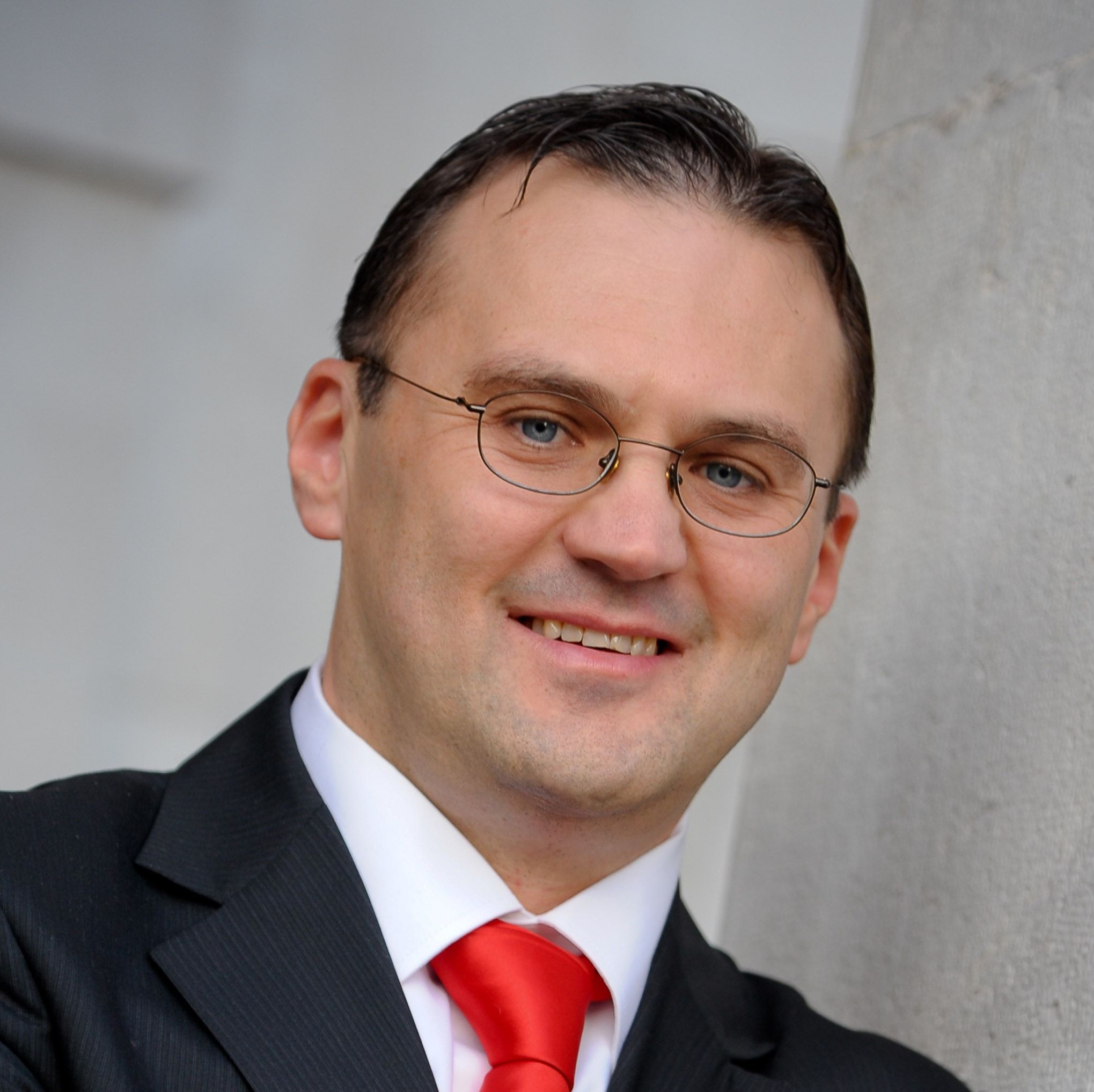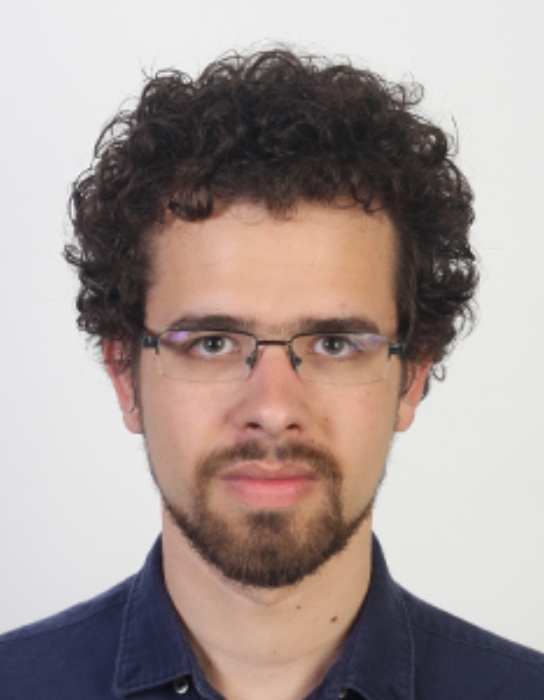Odjel za antene i širenje elektromagnetskih valova
Zajednički odjel za antene i širenje elektromagnetskih valova / teoriju i primjenu mikrovalova Hrvatske sekcije IEEE u suradnji sa Zavodom za radiokomunikacije FER-a poziva sve zainteresirane na predavanje:
Microwave and optical applications of electromagnetic metamaterials
koje će održati profesor Lucio Vegni sa sveučilišta Università degli Studi Roma Tre iz Rima, u petak 24.9.2010. u 13:00 sati na Zavodu za radiokomunikacije FER-a, adresa: Unska 3 (12 kat), Zagreb.
Sadržaj predavanja i životopis predavača pročitajte u nastavku obavijesti.
Microwave and optical applications of electromagnetic metamaterials
by F. Bilotti and L. Vegni
In this talk, we review our recent work concerning the applications of electromagnetic metamaterials at microwave and optical frequencies, along three research lines: antennas, enhanced transmission through sub-wavelength apertures, cloaks of invisibility.
For what concerns antennas, we show that metamaterials can be successfully used to design compact and multi-functional microwave antennas, which can find applications in different telecommunication scenarios. Antenna miniaturization is demonstrated specifically for printed radiators loaded with artificial magnetic materials, while multi-frequency operation is proposed for dipole antennas radiating in proximity of slabs made of artificial magnetic materials. Applications in the field of nano-antennas will be also considered, showing how metamaterials allow to design PEC- or PMC-like reflectors, which are not readily available at optical frequencies to get directive radiators.
As to the enhanced transmission through electrically small aperture, we will show how Split-Ring Resonators and Omega particles can be successfully used to improve the transmittance at microwave frequencies. The same concept is also used at optical frequencies, where gold pillar pairs and plasmonic nano-rings are used to obtain the same effect. A review of possible applications of the proposed setups at microwave and optical frequencies will be also presented, with proper numerical examples.
Finally, for what concerns invisibility cloaks, we will show that metamaterials allow to design: a) microwave cloaks working for both TE and TM polarizations; b) optical realistic cloaks working not only for canonical object shapes (e.g. spheres and infinite cylinders), but also for more complex ones (e.g. elongated shapes, finite cylinders, cones, irregular shapes, etc.) Eventually, we will present four different applications of the designed cloaking devices: reduction of the effects due to the presence of object in the near field of a microwave radiator; reduction of the signal-to-noise ratio in the acquisition of NSOM optical images; manipulation of the optical forces exerted on a nano-particle; reduction of the Casimir effect in MEMS and NEMS devices.
O predavaču
Lucio Vegni was born in Castiglion Fiorentino (Arezzo), Italy, on June 20, 1943. He received the degree in electronic engineering from the University of Rome, Rome, Italy. After a period of work at Standard Elektrik Lorenz in Stuttgart (West Germany) as an Antenna Designer, he joined the Istituto di Elettronica of the University of Rome, Rome, Italy, where he was involved in research work in the areas of antenna and scattering problems from 1970 to 1975. In 1977 he became Research Assistant in Applied Electronics in the same University. From 1976 to 1980 he was Assistant Professor of Applied Electronics at the University of L'Aquila, L’Aquila, Italy and from 1980 to 1985 he was Assistant Professor of Applied Electronics at the University of Rome, Rome, Italy. From 1985 to 1992 he was an Associate Professor of Electromagnetic Compatibility at the University of Rome "La Sapienza". From 1992 to 1999 he was an Associate Professor of Electromagnetic Field Theory at the Third University of Rome, Rome, Italy, where he founded the Research Laboratory in Applied ElectroMagnetics (LEMA). From 1999 up today he is Full Professor of Electromagnetic Field Theory at the same University.
His research interests are in the areas of microwave components and antennas, with particular emphasis on integrated planar and conformal antennas loaded with complex materials, such as chiral meadia and metamaterials. Prof. L. Vegni is author of more than 600 papers on complex media and metamaterials published on international journals and conference proceedings. He is, also, the chairman of the Biennial International Workshop on Metamaterials and Complex Materials for Electromagnetic and TLC Applications; he has organized and chaired several sessions at the main conferences and is the Coordinator of several research contracts in the field of metamaterials. Prof. L. Vegni and his Lab are members of the European Network of Excellence on Metamaterials (METMORPHOSE, financed under the 6th Framework Programme by the European Commission with the contract NMP3-CT-500252, within which Prof. L. Vegni is the national coordinator). Prof. L. Vegni is the President of the study course in Electronics Engineering and coordinates the undergraduate studies in Electronics, the Master studies in Electronic Engineering for Industry and Innovation, the Master studies in Communication and Information Technology Engineering and the Master studies in Biomedical Engineering. He is the Coordinator of the Doctorate in Biomedical, Electromagnetics and Telecommunications Engineering of the Doctoral School in Engineering, University of Rome Tre, Rome, Italy. Prof. L. Vegni is, also, the Coordinator of the following I level Masters in “Telecommunications” and “Telecommunications Security” and of the II level Masters in “Electronic Defense”, in “Complex Electronic System Engineering”, in “Computer Systems”, and in “Telecommunications”. Prof. L. Vegni is in the Scientific Council of the II level Masters in “Engineerin and Economy of the Environment and Territory”, and in “Mobility Complex Systems”. Lucio Vegni is, also, the National Delegate for the European COST actions and a member of IEEE and of the Italian Electrical and Electronics Society (AEI).


